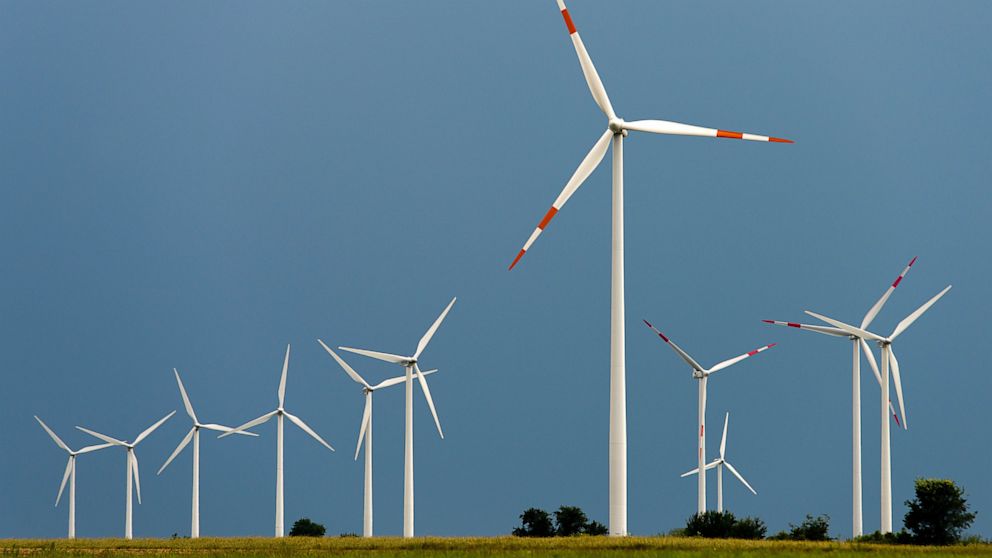Eco-Blowback: Mutiny in the Land of Wind Turbines
Germany plans to build 60,000 new wind turbines.

July 14, 2013— -- Germany plans to build 60,000 new wind turbines -- in forests, in the foothills of the Alps and even in protected environmental areas. But local residents are up in arms, costs are skyrocketing and Germany's determination to phase out nuclear power is in danger.
The German village of Husarenhof, just north of Stuttgart, nestles picturesquely between orchards and vineyards. Peter Hitzker's house stands on a sharp bend in the road. "Sometimes I get up in the morning and find a couple of totaled cars in the front yard," he says. "But I guess nowhere's perfect."
Still, he finds the wind turbine behind his garden fence harder to cope with. The tower is 180 meters (590 feet) high, and the whirr of the blades and grinding of the actuators are clearly audible.
"When I leave my local bar in Heilbronn, 15 kilometers from here, I find my way home by heading for the turbine," he quips.
But he can't think of anything else positive to say about the turbine. "It's dreadful," he says. "And it's split the village. It's war here."
The wind turbine, an Enercon E-82, has been there for over a year. When it was inaugurated, the local shooting club, the "Black Hunters", fired their guns in celebration, and the local priest delivered a sermon on protecting God's creation.
But not everyone is happy. Some are angry at the way the landscape, celebrated by German Romantic poets such as Hölderlin and Mörike, is being butchered. The opponents protest with images of the Grim Reaper holding a wind turbine rather than his traditional scythe.
The situation in Husarenhof can be found across Germany. After the nuclear disaster in Fukushima and Germany's swift decision to abandon nuclear energy and embrace renewable energy as part of its so-called Energiewende, the country's 16 federal states reacted with a sort of excessive zeal. The northeastern state of Brandenburg plans to set aside 2 percent of its land for wind farms. The western state of Rhineland-Palatinate intends to more than double the amount of wind power it generates. North Rhine-Westphalia, its neighbor to the north, is planning an increase of more than 300 percent.
The winds of change are blowing in Germany -- and hard. Flat-bed trucks laden with tower segments make their way slowly across boggy fields. Cranes crawl up narrow forest paths to set up outsized wind turbines on the tops of mountains. Germany aims to increase its production of wind power from 31,000 to 45,000 megawatts over the next seven years. By the middle of the century, it hopes to be generating 85,000 megawatts in wind power
With the prime coastal locations already taken, operators are increasingly turning their attention to areas further inland. Even valuable tourist regions -- such as the Moselle valley, the Allgäu and the foothills of the Alps -- are to be sacrificed. Sites have even been earmarked by Lake Constance and near Starnberg, where the Bavarian King Ludwig II drowned.
At the moment, things are still in the planning, reporting and application stage. Local authorities' filing cabinets are overflowing with authorization documents and wind strength measurements. Plans call for some 60,000 new turbines to be erected in Germany -- and completely alter its appearance.
The Backer-Opponent Divide
But what's really going on? Are politicians wisely creating the tools needed to prevent the end of the world as we know it? Or are they simply marring the countryside?